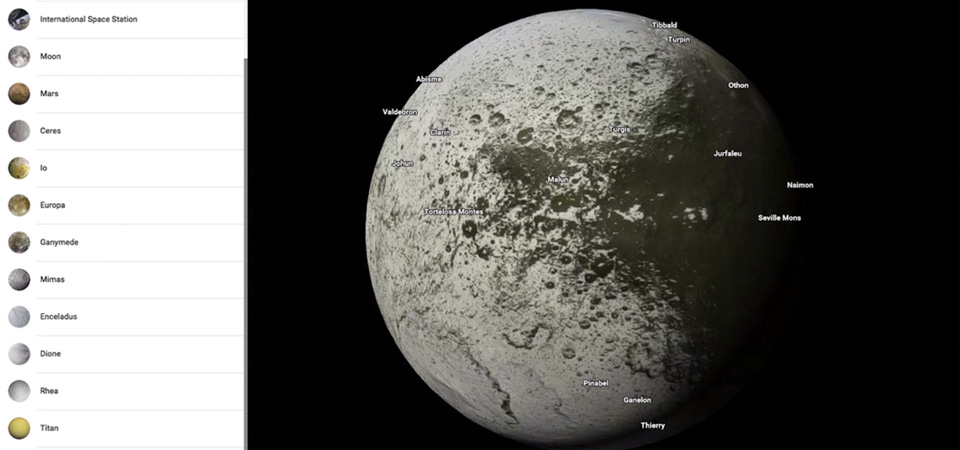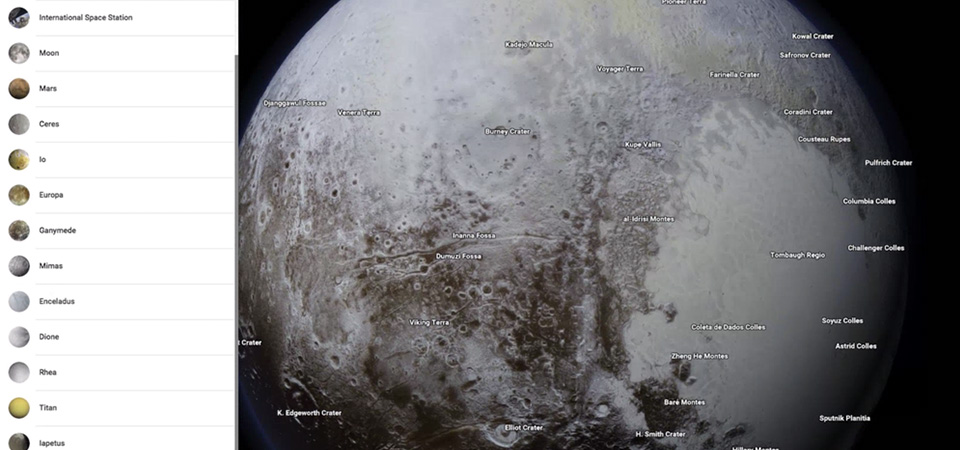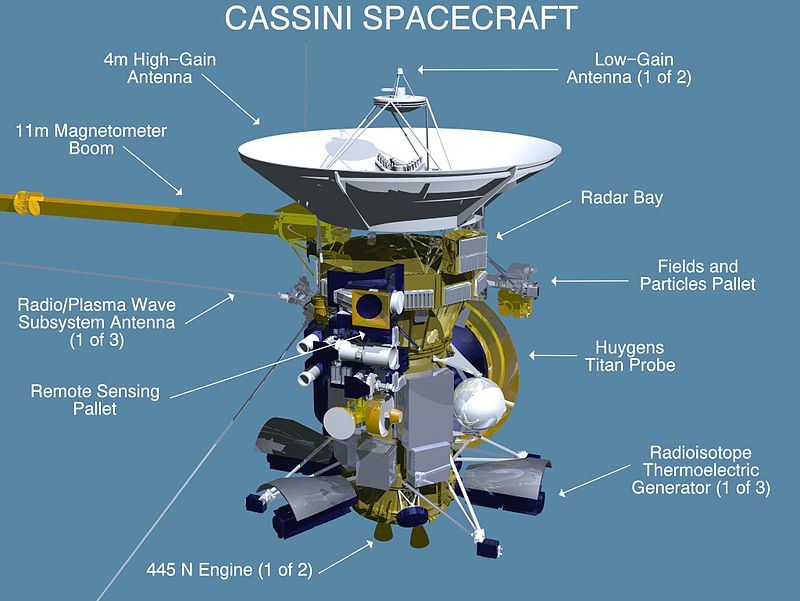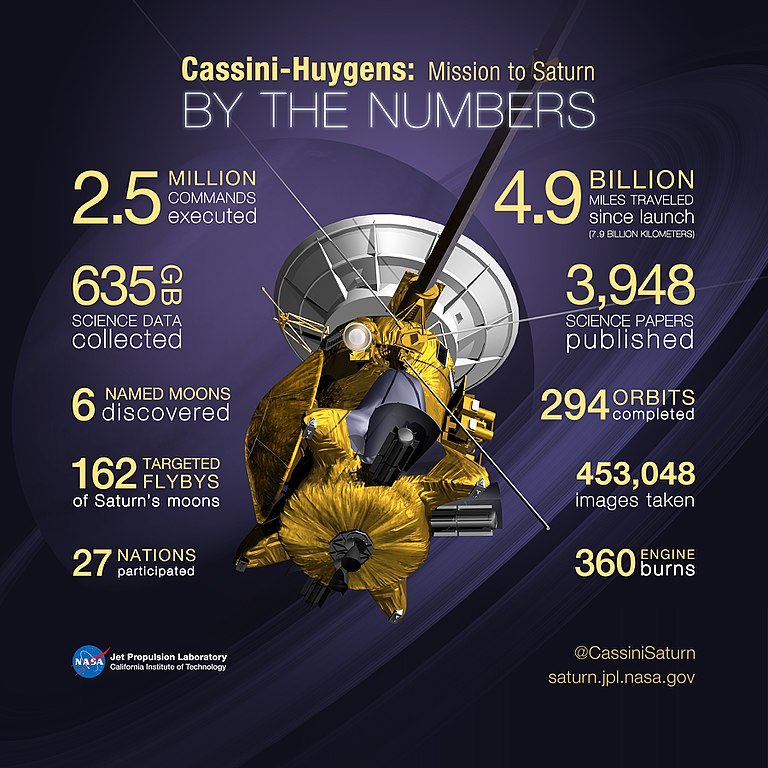
You’ve already experienced Street View in zero gravity and still want more? If so, we’re happy to let you know that now you can visit distant planets and their moons with Google Maps!
Twenty years ago, the spacecraft Cassini launched from Cape Canaveral on a journey to study the planet Saturn and its system, including its rings and natural satellites. During this mission, Cassini recorded and sent back to Earth nearly half a million pictures of many distant worlds, allowing scientists to reconstruct these celestial bodies in unprecedented detail. Now you can visit these places on Google Maps – just try zooming out from the Earth until you’re in space.
 Photo: Google
Photo: Google
Explore the icy plains of Enceladus, where Cassini discovered water beneath the moon’s crust. You can also peer beneath the thick clouds of Titan to see methane lakes or inspect the massive crater of Mimas.
 Photo: Google
Photo: Google
Thanks to Google Maps you can visit:
- Moon
- Mercury
- Venus
- Mars
- Ceres (dwarf planet)
- Io (moon of the planet Jupiter)
- Europa (moon of the planet Jupiter)
- Ganymede (moon of the planet Jupiter)
- Callisto (moon of the planet Jupiter)
- Mimas (moon of the planet Saturn)
- Enceladus (moon of the planet Saturn)
- Tethys (moon of the planet Saturn)
- Dione (moon of the planet Saturn)
- Rhea (moon of the planet Saturn)
- Titan (moon of the planet Saturn)
- Iapetus (moon of the planet Saturn)
- Pluto
- Charon (moon of the dwarf planet Pluto)
Diagram of the Cassini Spacecraft
 Photo: Wikimedia/NASA
Photo: Wikimedia/NASA
Cassini Spacecraft by the numbers (as of September 2017)
 Photo: Wikimedia/NASA/Caltech
Photo: Wikimedia/NASA/Caltech
Learn more about Google Maps enterprise solutions
Source: https://www.blog.google/products/maps/space-out-planets-google-maps/











